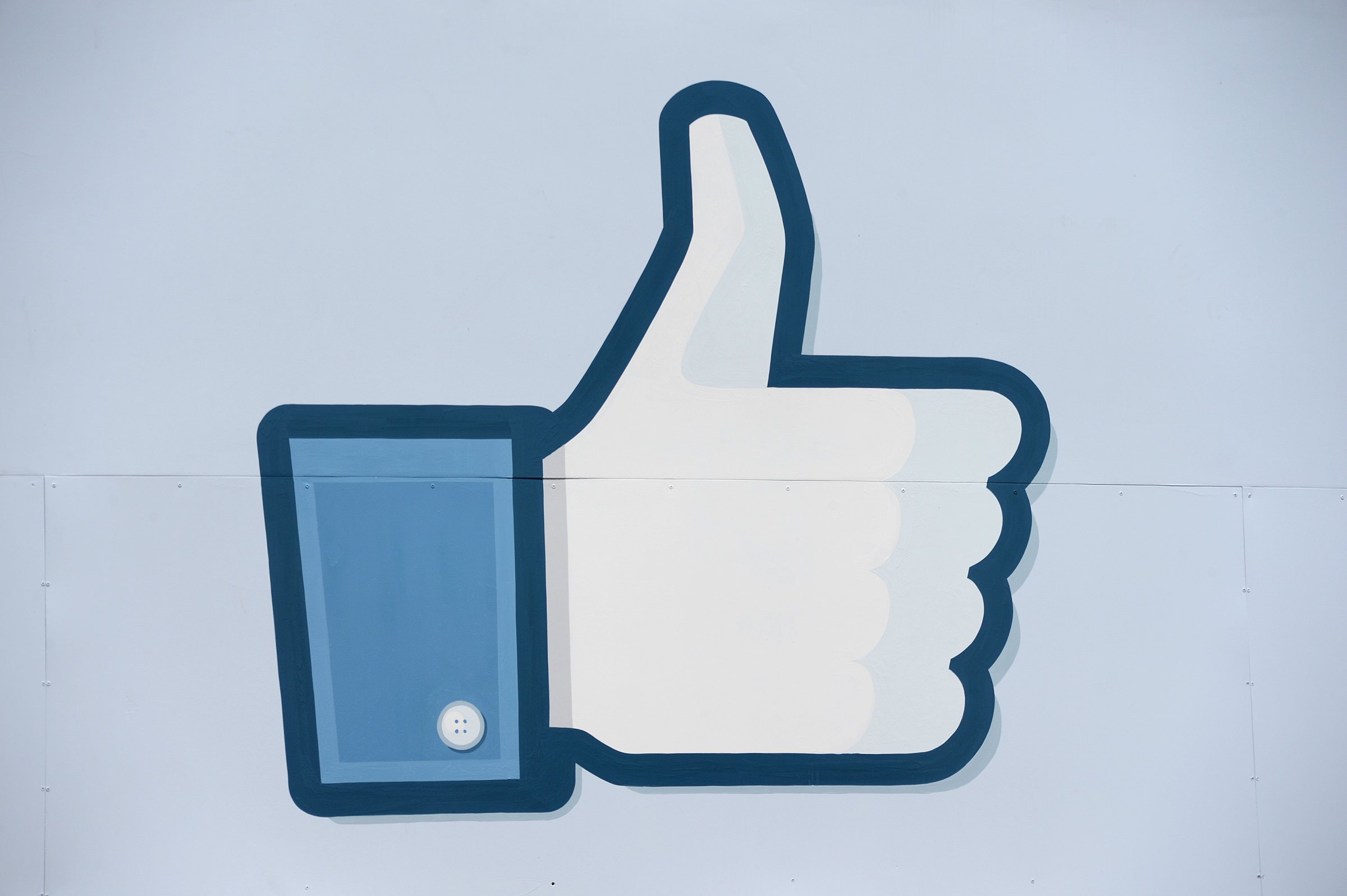
What do 1.35 billion people across the world have in common? They’re using Facebook every month.
No social network, smartphone or language has ever connected the number of people that Facebook does. And that unparalleled reach — not to mention how much time people spend on the site — has given the site a sense of public responsibility, as evidenced by the company’s Tuesday announcement that it will start showing Amber Alerts for missing children in users’ News Feeds. That marks one of Facebook’s most organized forays into public safety, efforts that have also included Ebola donation banners and a feature making it easier to let friends know you’re safe when disaster strikes.
Facebook is still foremost a private, friend-to-friend space. But the introduction of sponsored posts, Pages, Groups and News Feed has also turned it into a modern-day bulletin board: a place to share digital flyers about missing persons and pets, wanted criminals and unsolved crimes, ongoing crises and calls-to-action. And the lion’s share of Facebook users — 1.12 billion every month — access the site on mobile devices, meaning the site has far more immediacy and penetration than any public safety system before it.
Facebook is still in its early days of experimenting with ways to leverage its scale to serve as a safety platform. But if the motivation behind putting Amber Alerts on Facebook is that information spread via the site has helped bring missing children back home before, then we should expect Facebook to launch even more ways to help the public — some of which might just save your life someday.
Here are some possibilities:
An alternative for dialing 9-1-1
Facebook has been used as a “text to 9-1-1” for those who can’t call the police directly due to service limits or threats of violence. In 2011, a Utah mother and her son were rescued from a five-day abduction after the woman, who didn’t have phone access, snuck into a closet with a computer and posted a Facebook status asking for help. Last year, an American climber fell into an 80 ft. crevasse in the Himalayas, only to be recused after he posted a plea for help on Facebook. And over the summer, a 10-year-old girl posted a plea for help after a tree fell on her dad and there wasn’t any cell service.
It wouldn’t be that far of a stretch to see Facebook establish an emergency account, that, when messaged, relayed information to police. Facebook can automatically geotag posts and messages via smartphone (if you’ve granted it permission to do so), letting responders know your whereabouts. That’s a level of location accuracy that neither texting nor wireless calling to 9-1-1 can provide — a problem that’s currently on the government’s agenda.
This Is What Your Facebook Profile Looked Like Over the Last 11 Years
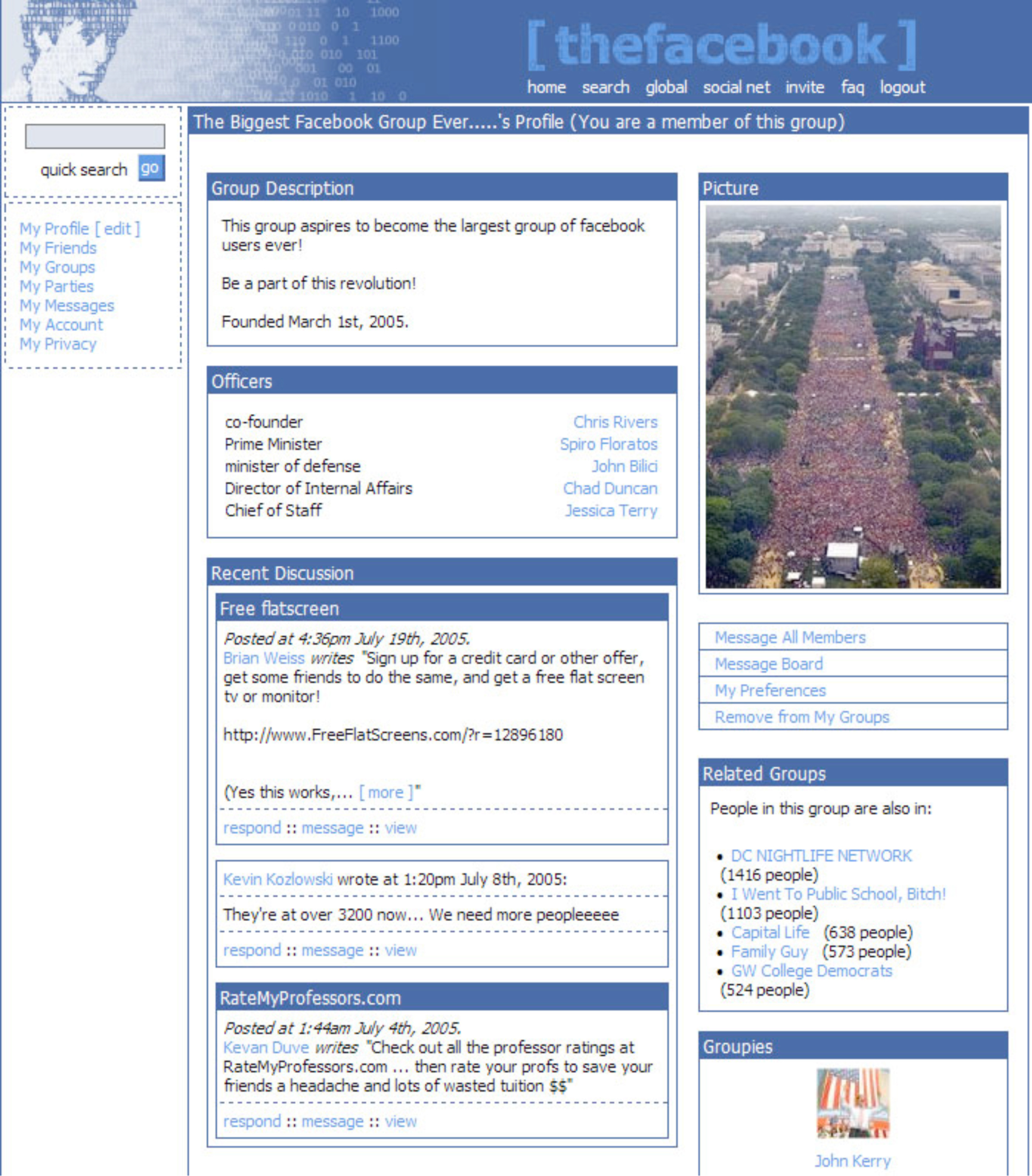
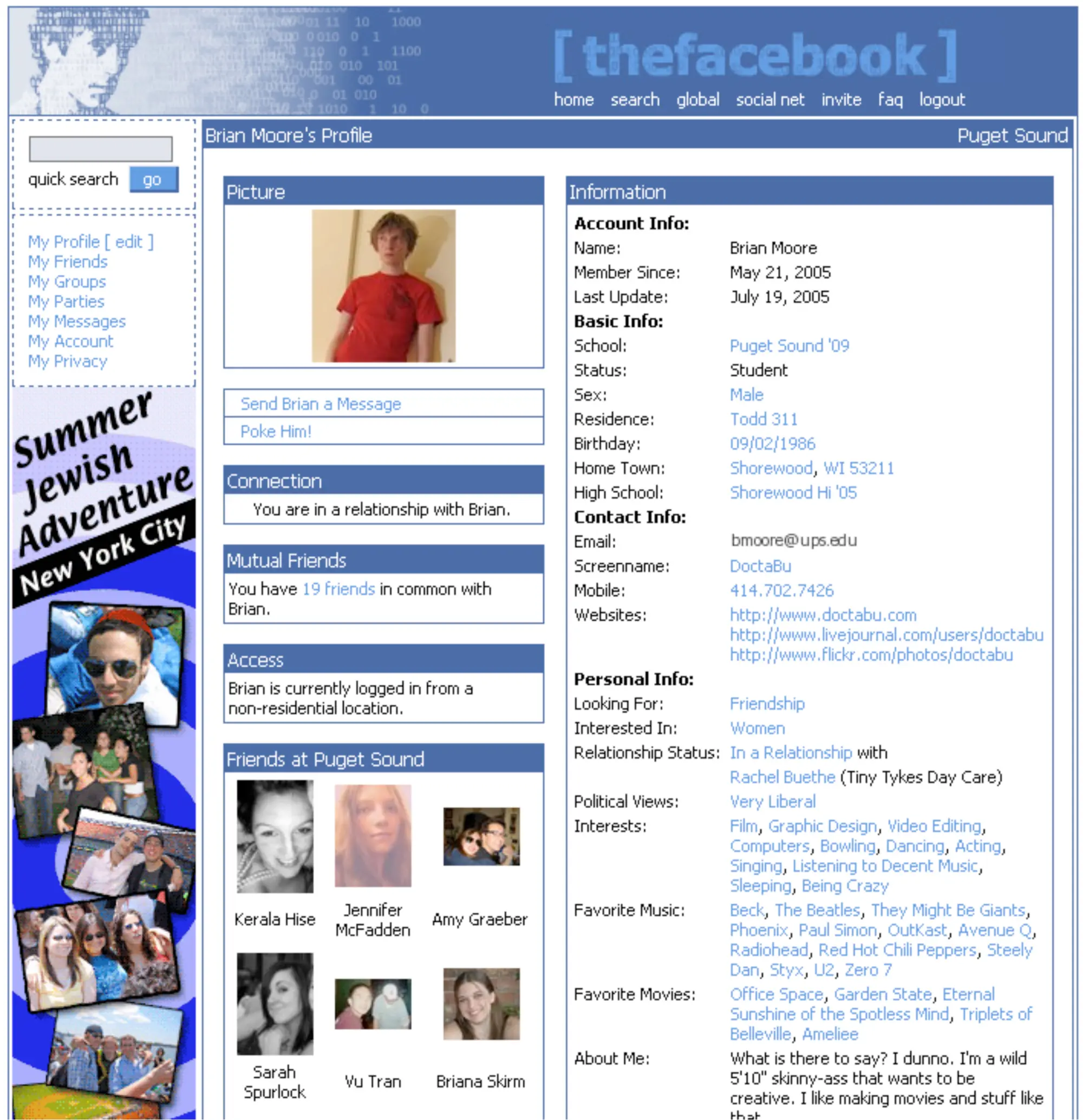
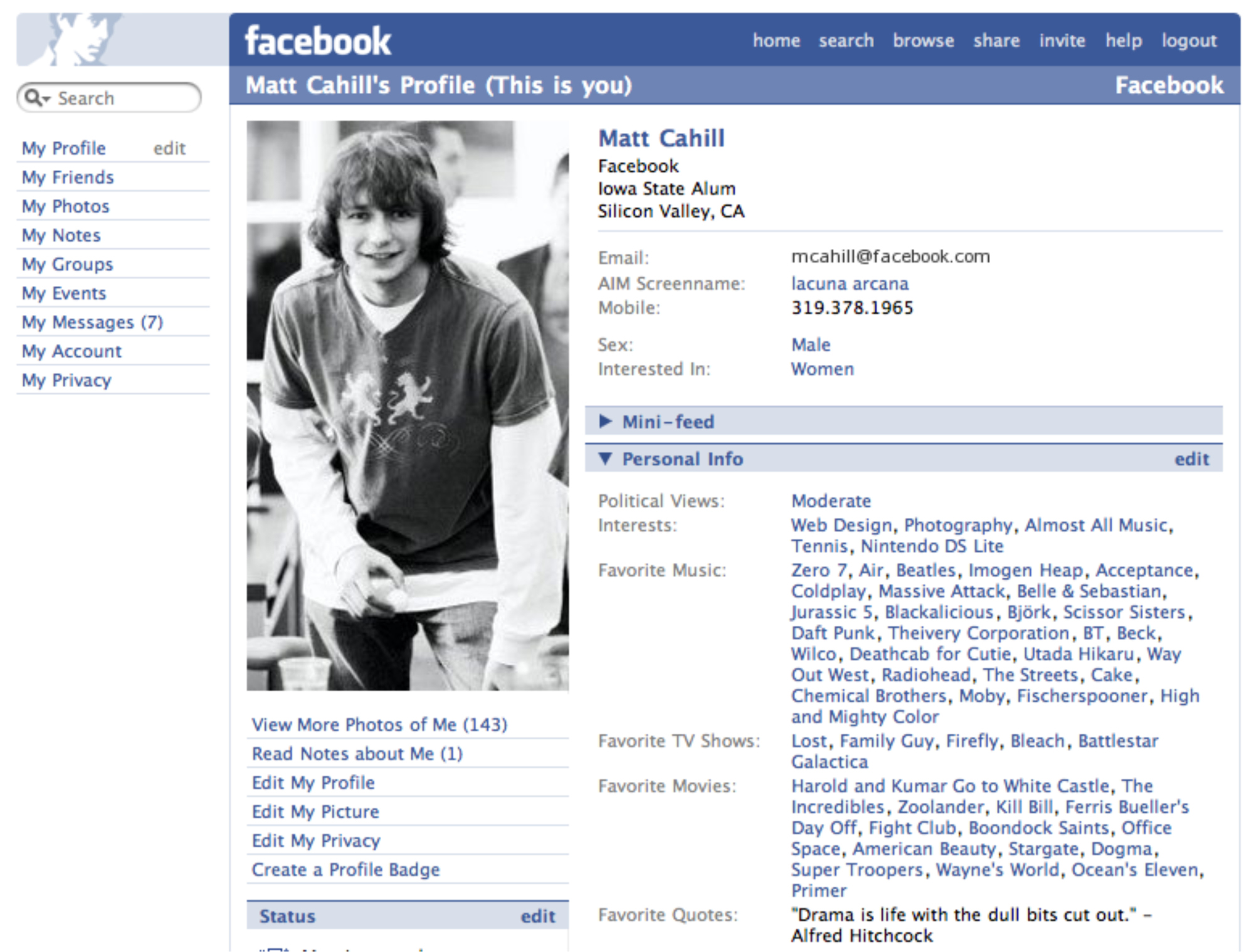

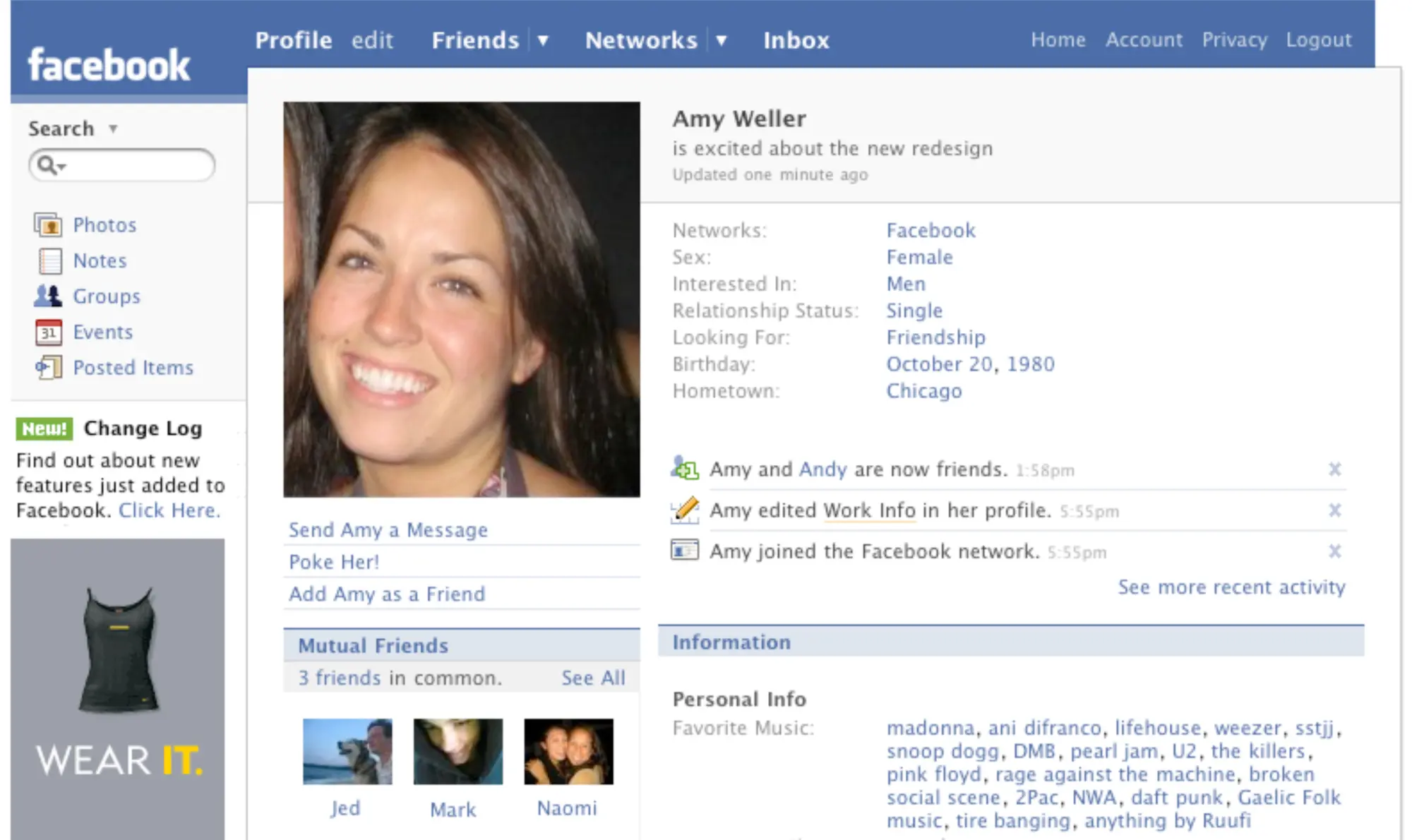
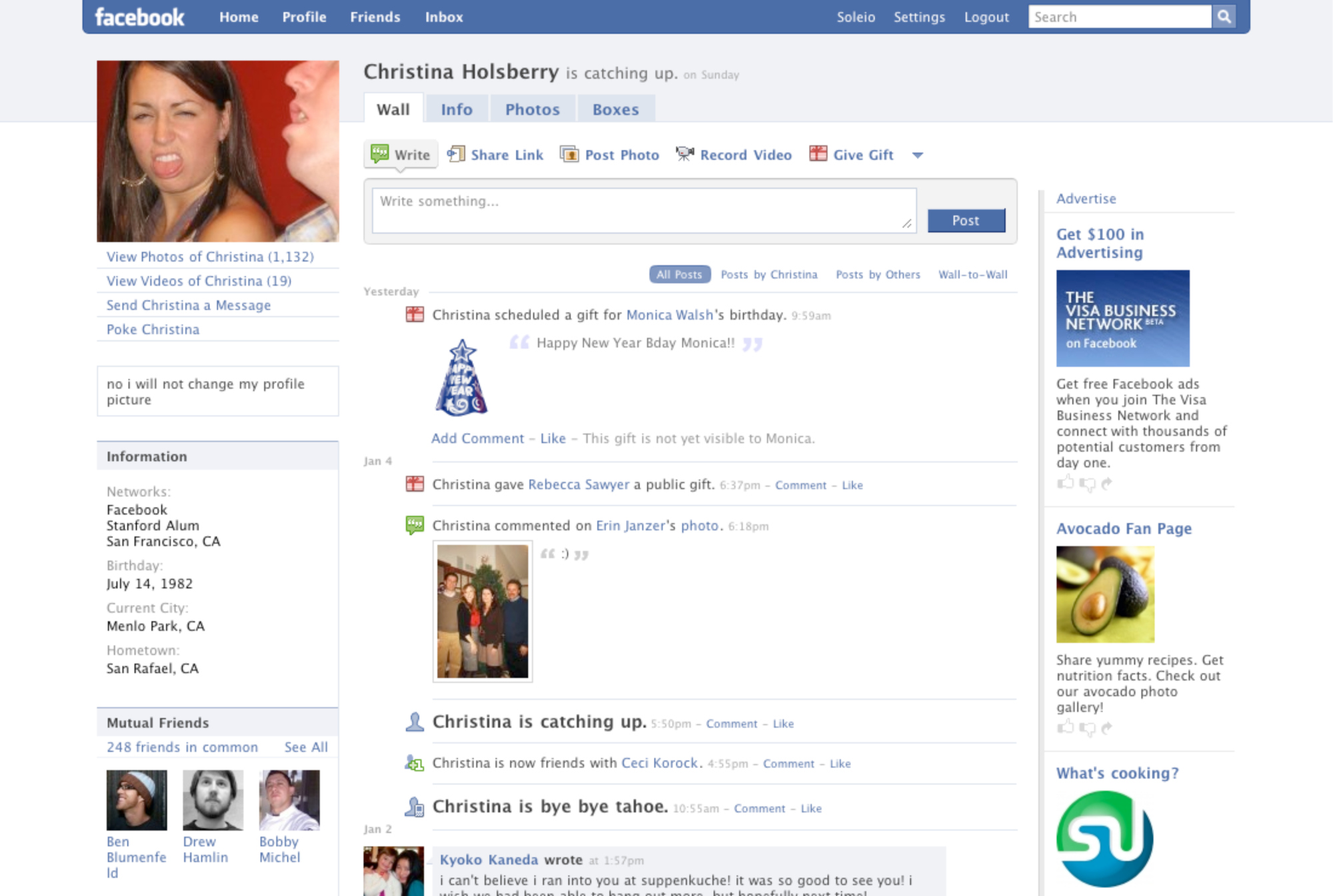
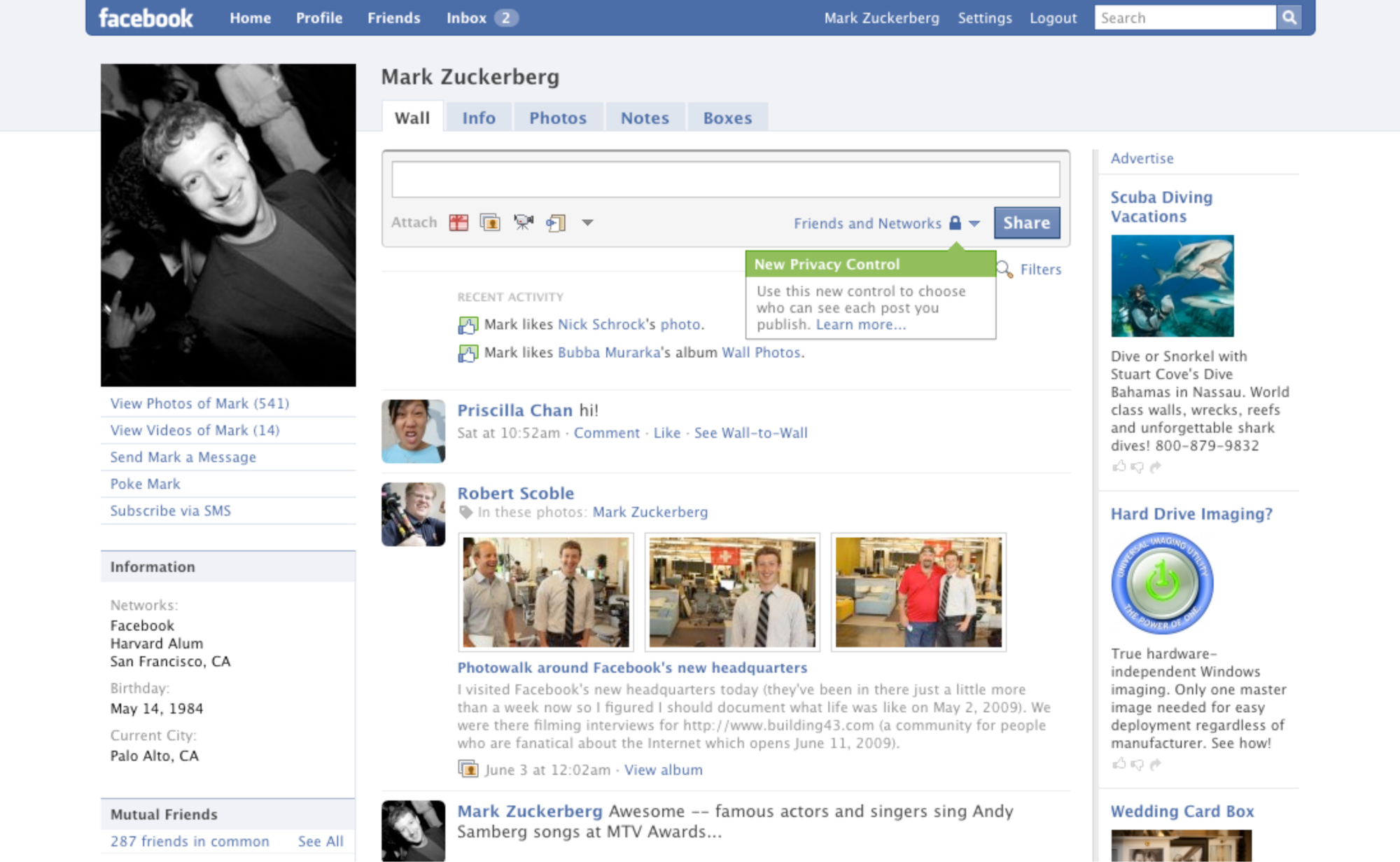
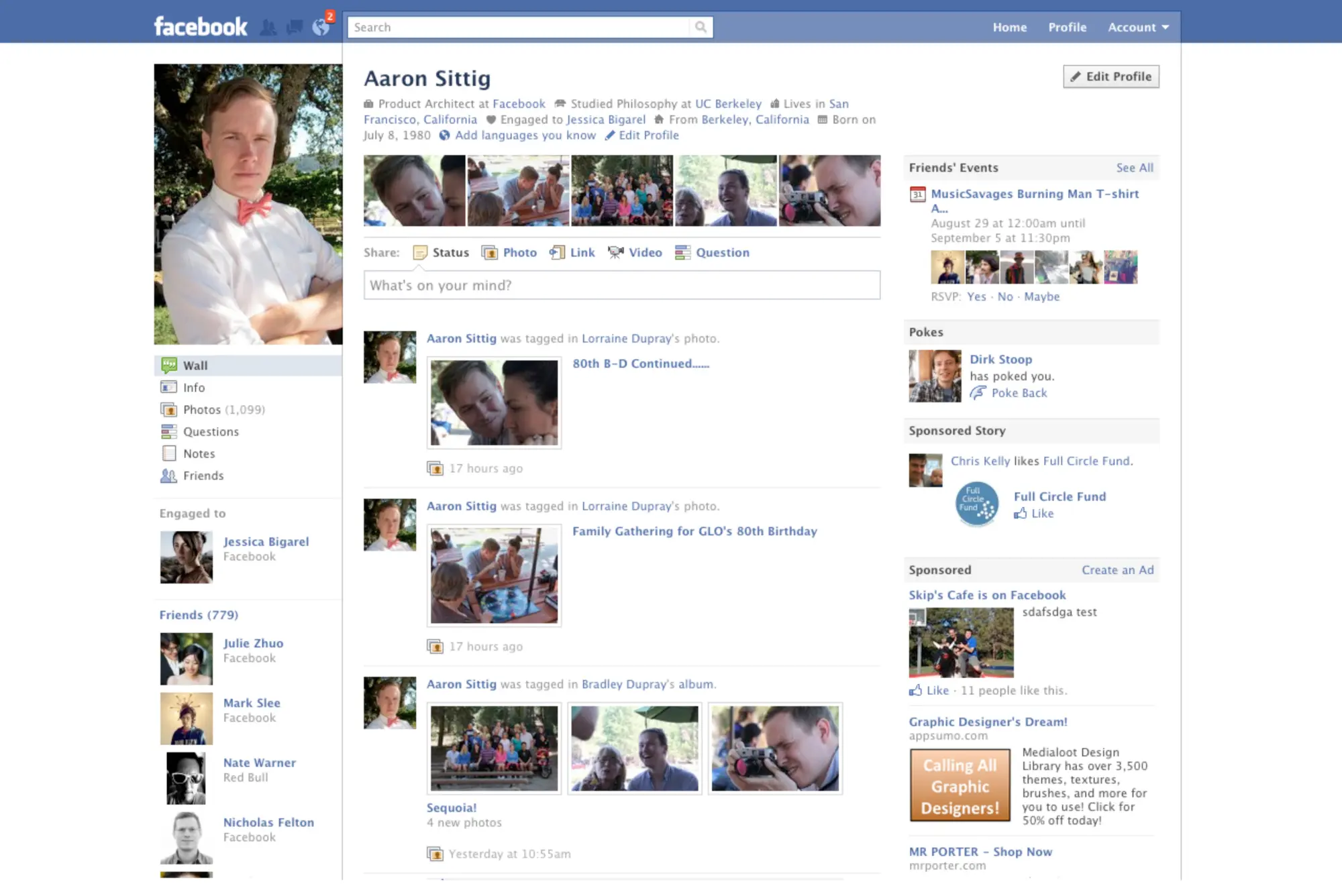
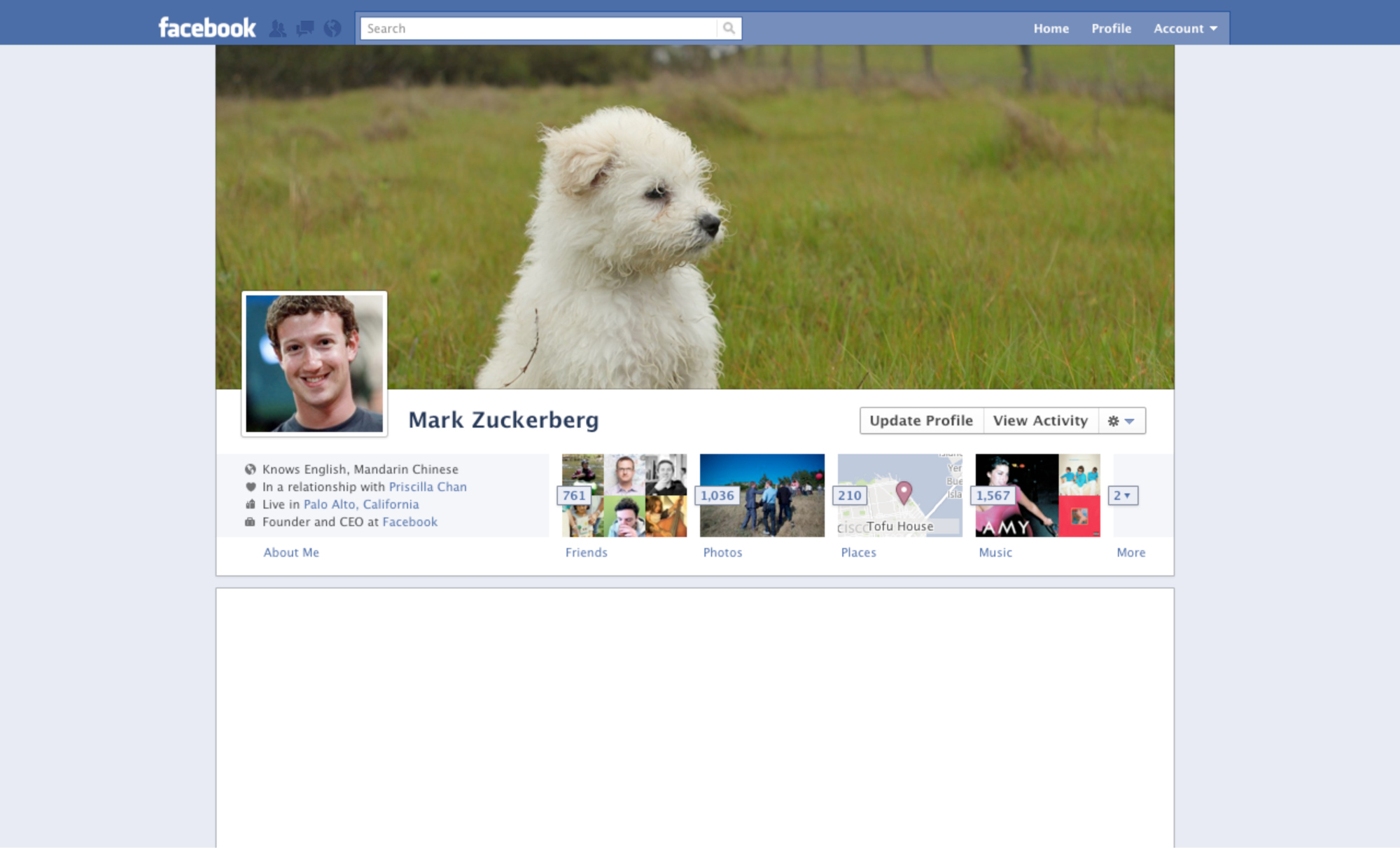
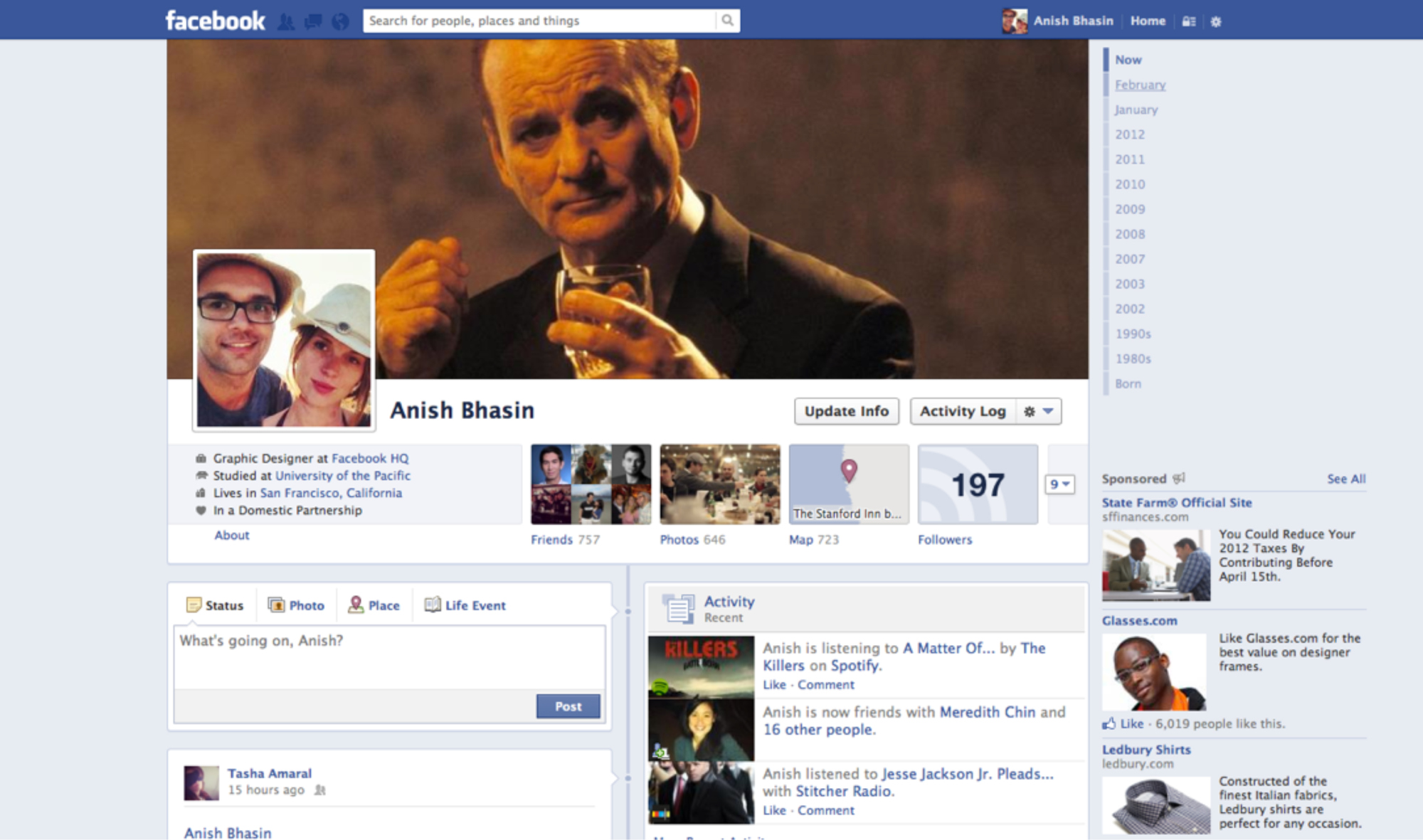
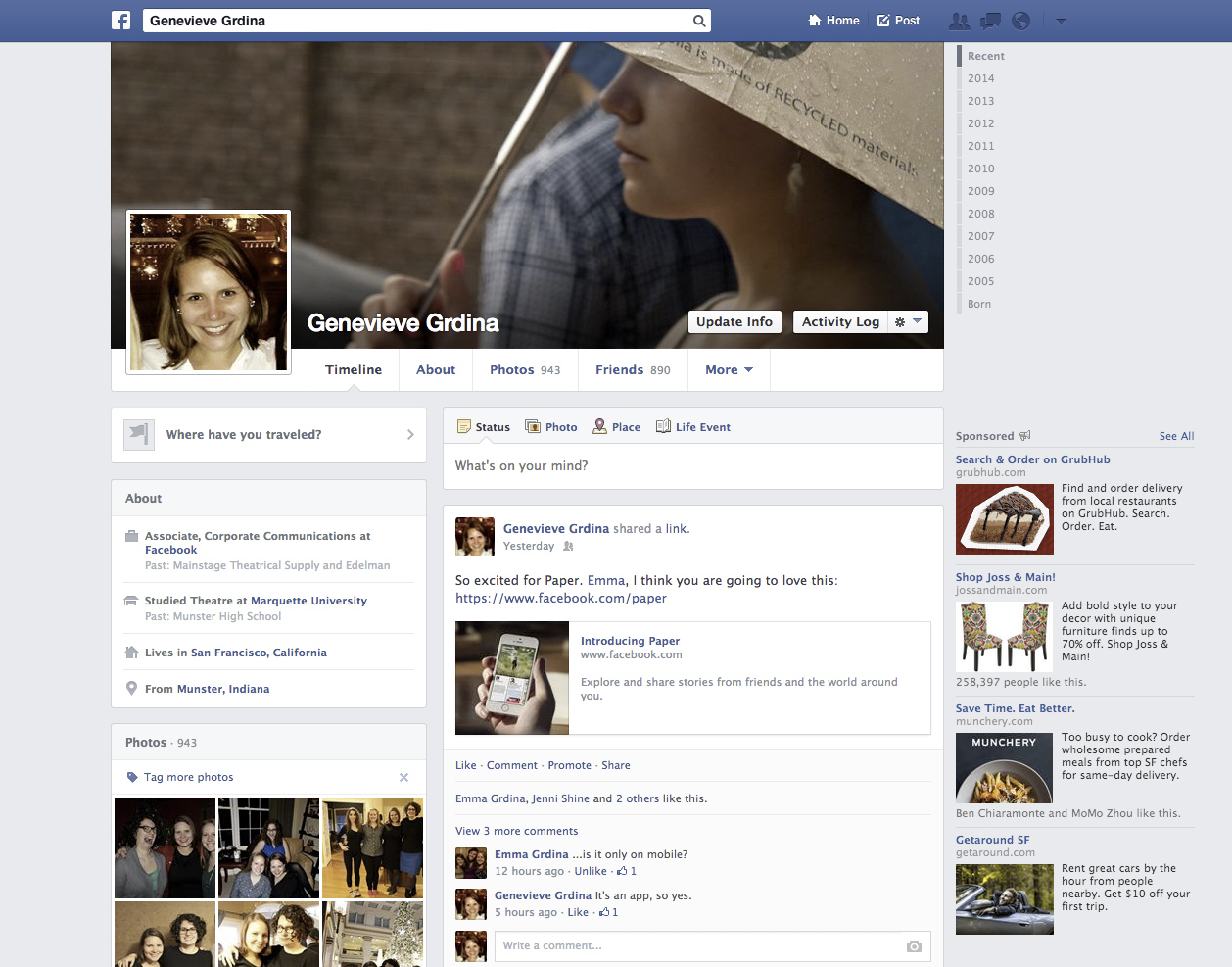
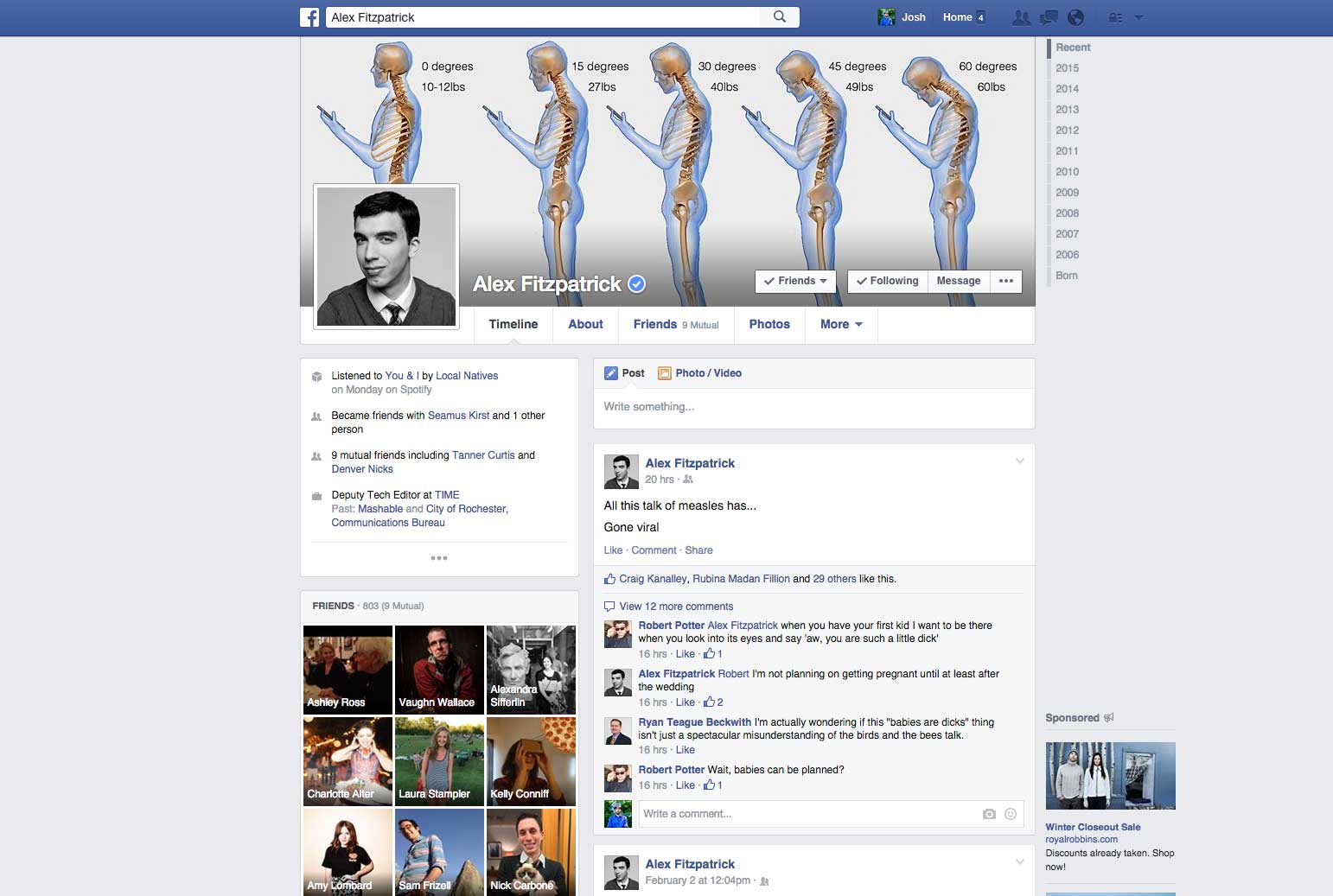
Medical help via crowdsourcing
Sharing photos on Facebook has resulted in people getting medical advice or attention. In 2010, a British nurse was flipping through photos of a friend’s daughter when she noticed the two-year-old was displaying signs of eye cancer, and advised her friend to seek medical attention. In 2011, a father shared a photo of his son, who had developed a strange facial rash, with a doctor he was friends with on Facebook. The doctor advised him to seek medical treatment, and his son was diagnosed with leukemia. In both cases, parents were urged to seek treatment for their children before they might have otherwise.
Facebook wouldn’t be the first to organize this digital doctor’s appointment: There’s already a photo-based diagnosis app called Figure 1, which has been touted as an “Instagram for doctors.” It allows users to upload photos of themselves before getting advice from medical professionals, who must be verified to take part. It’s a way for patients to access on-the-go, free healthcare, but also for doctors to learn more about medicine. Still, the one thing Figure 1 lacks is the user base of Facebook or Facebook-owned Instagram, which boasts 300 million monthly active users.
In this regard, Facebook could leverage its massive user base to make medical miracles happen. Take bone marrow transplants, for example: Potential marrow donors must register and provide DNA samples before they’re matched. This naturally limits the donor pool and lowers patients’ odds of receiving a transplant. One bone marrow donor, who was matched to a leukemia patient, has spoken out about how a Facebook advertisement drove him to register. There are several national campaigns to invite donors to register, but Facebook’s reach is on a whole other level.
See Life Inside Facebook's Headquarters
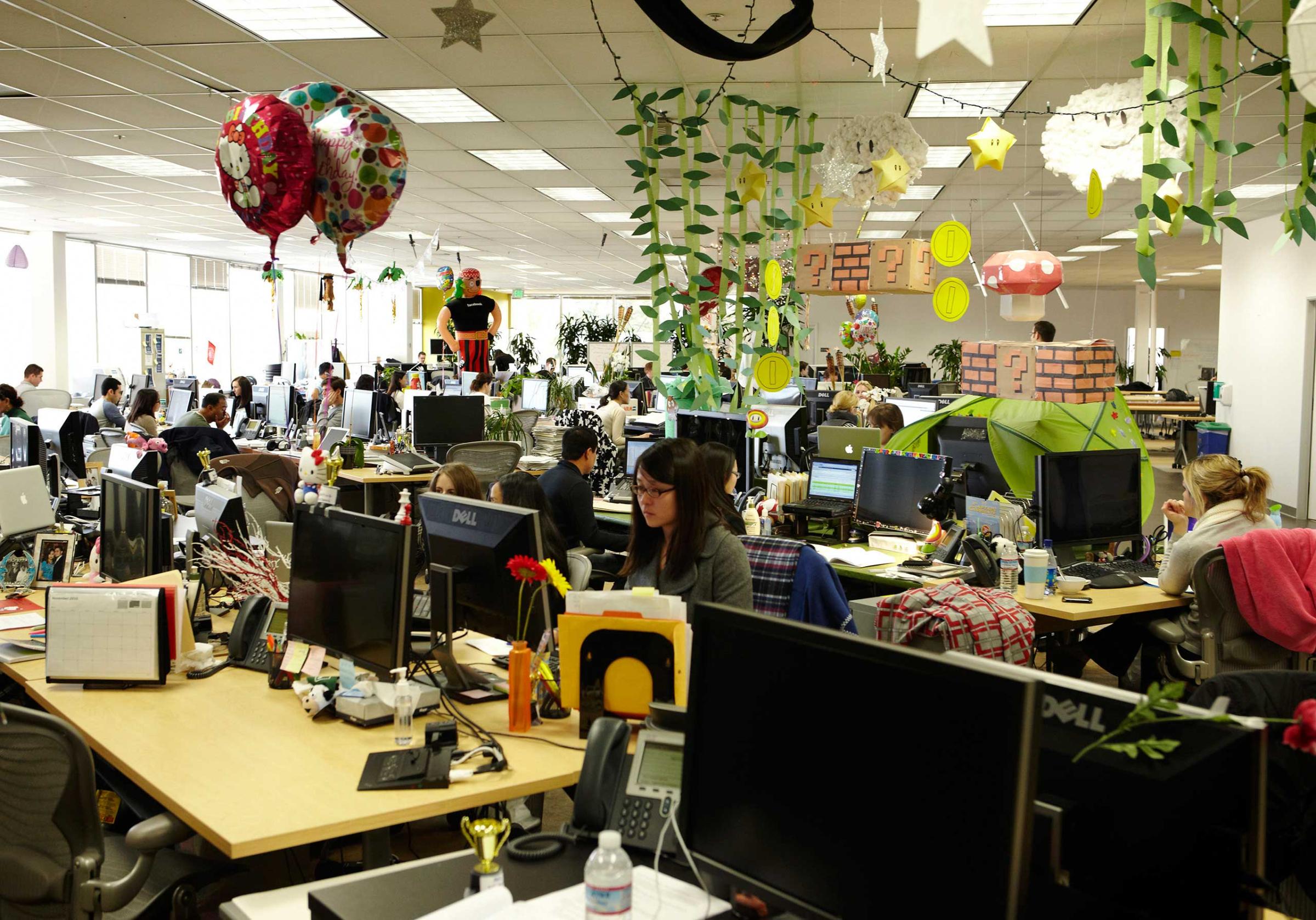
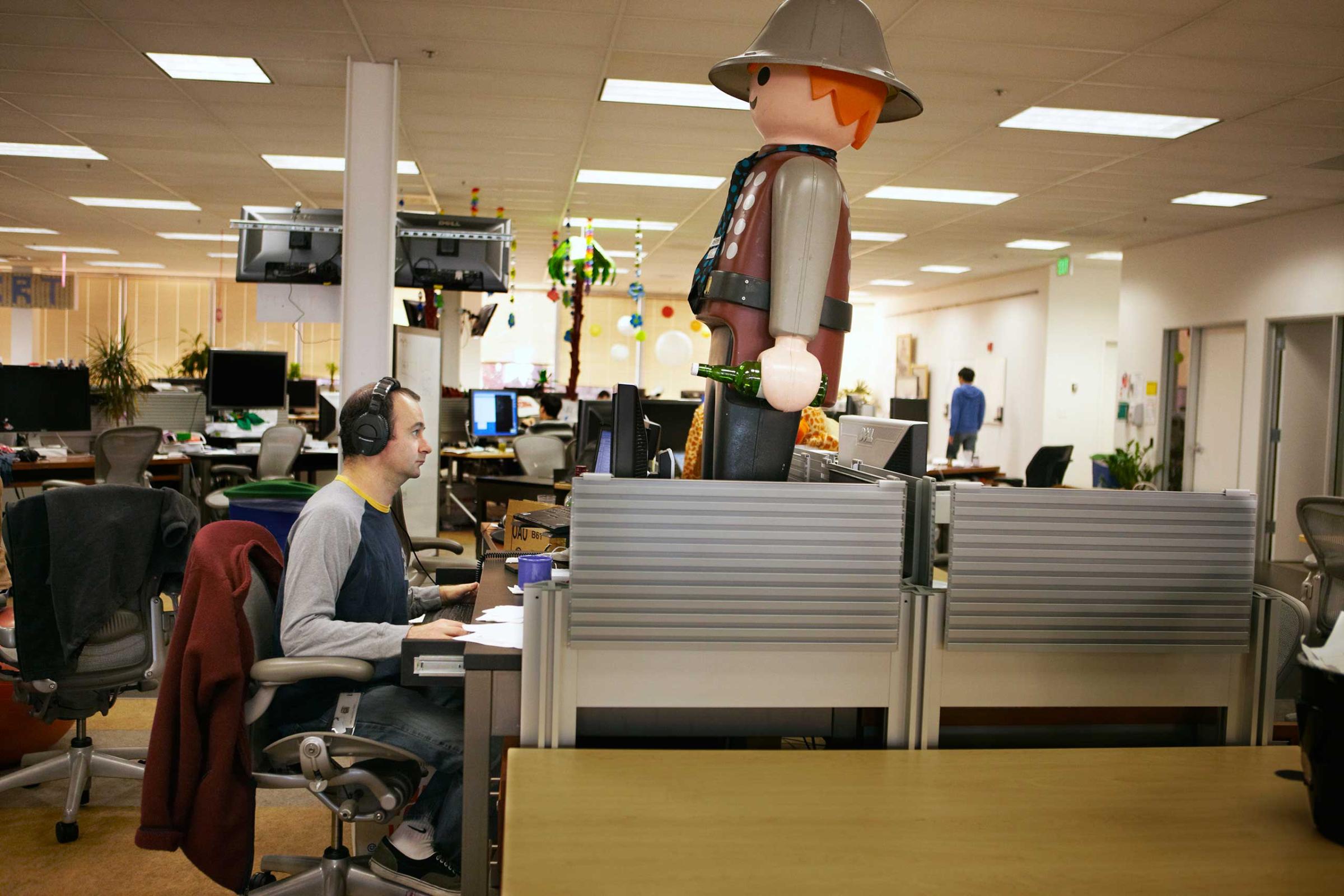
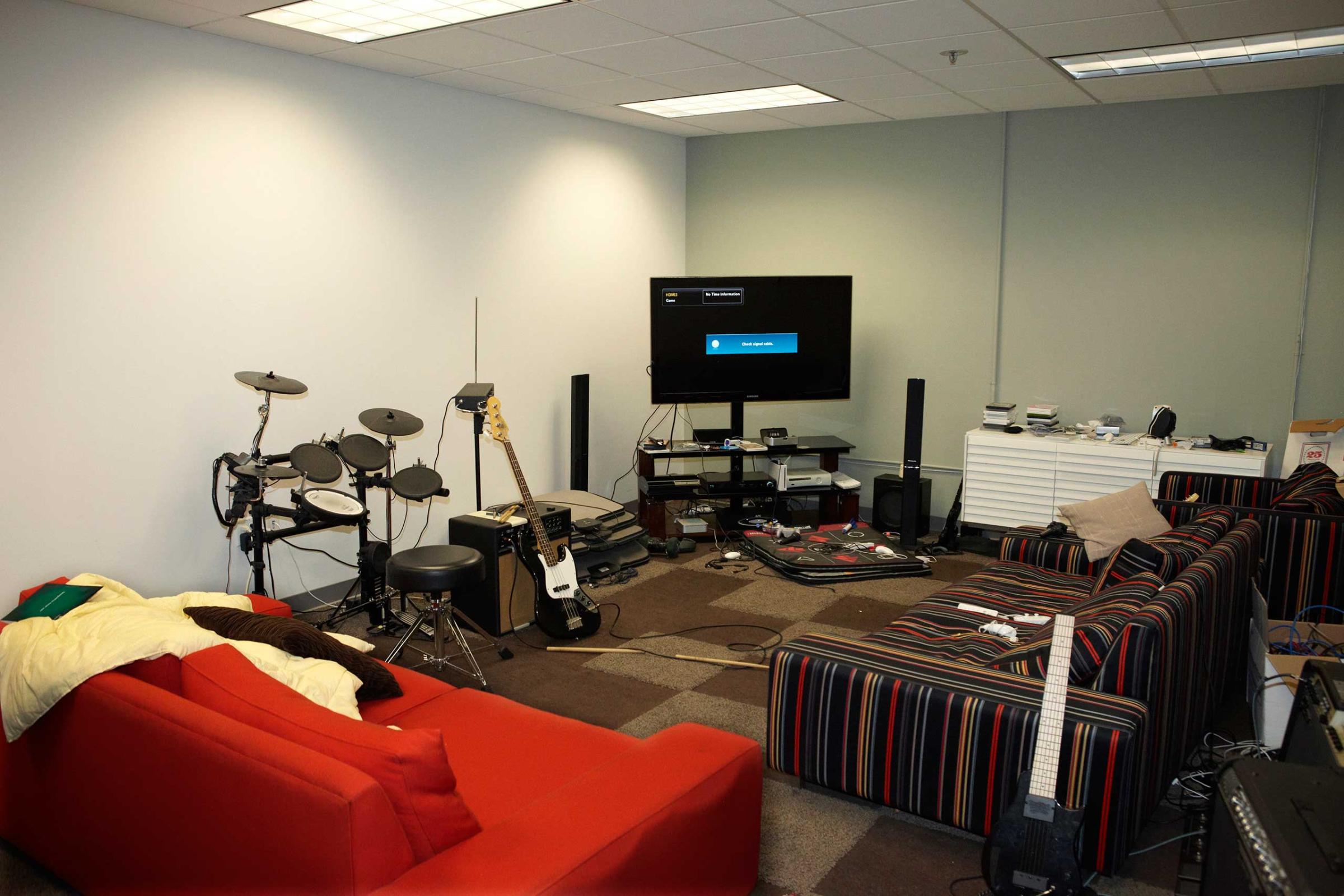
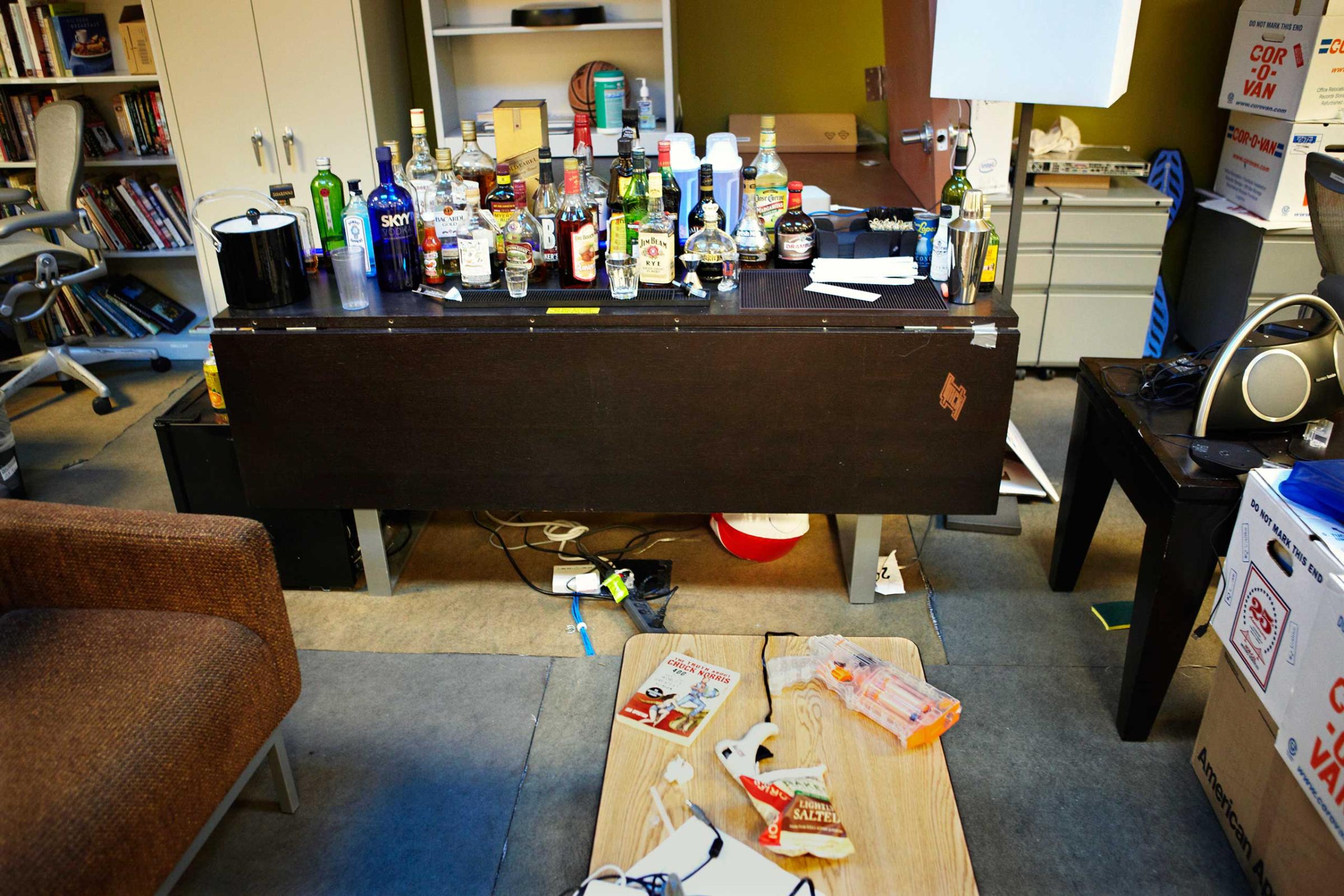
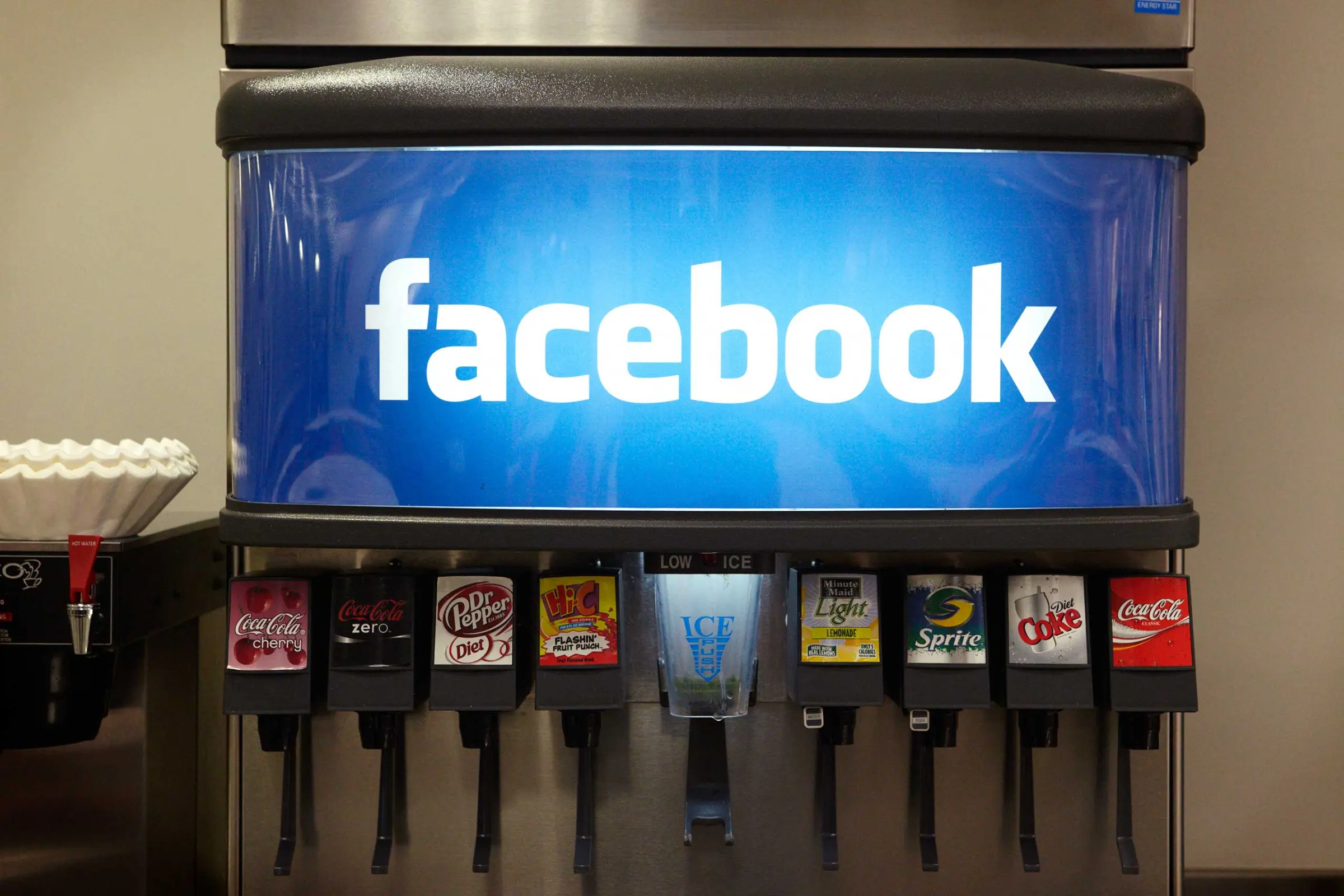
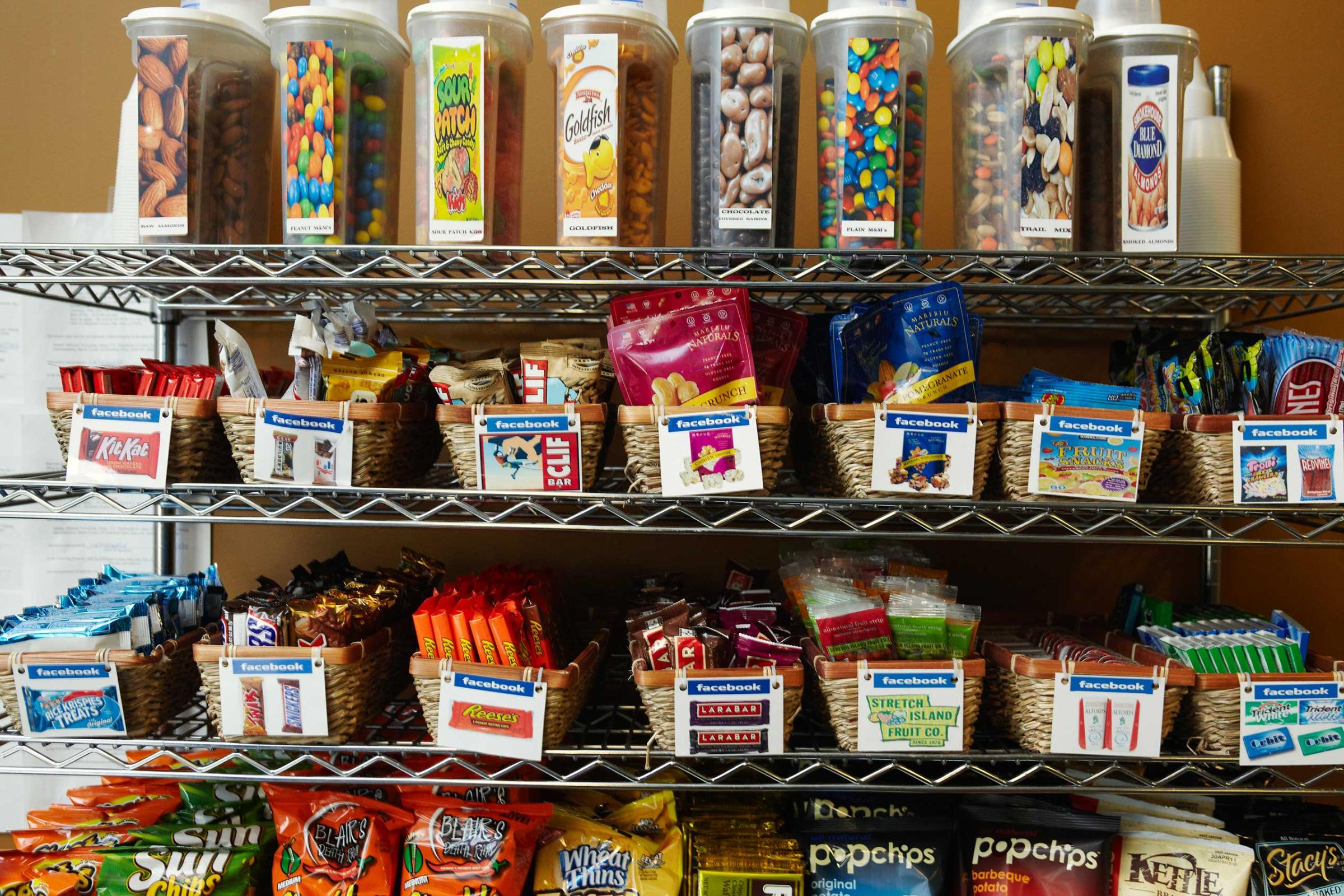
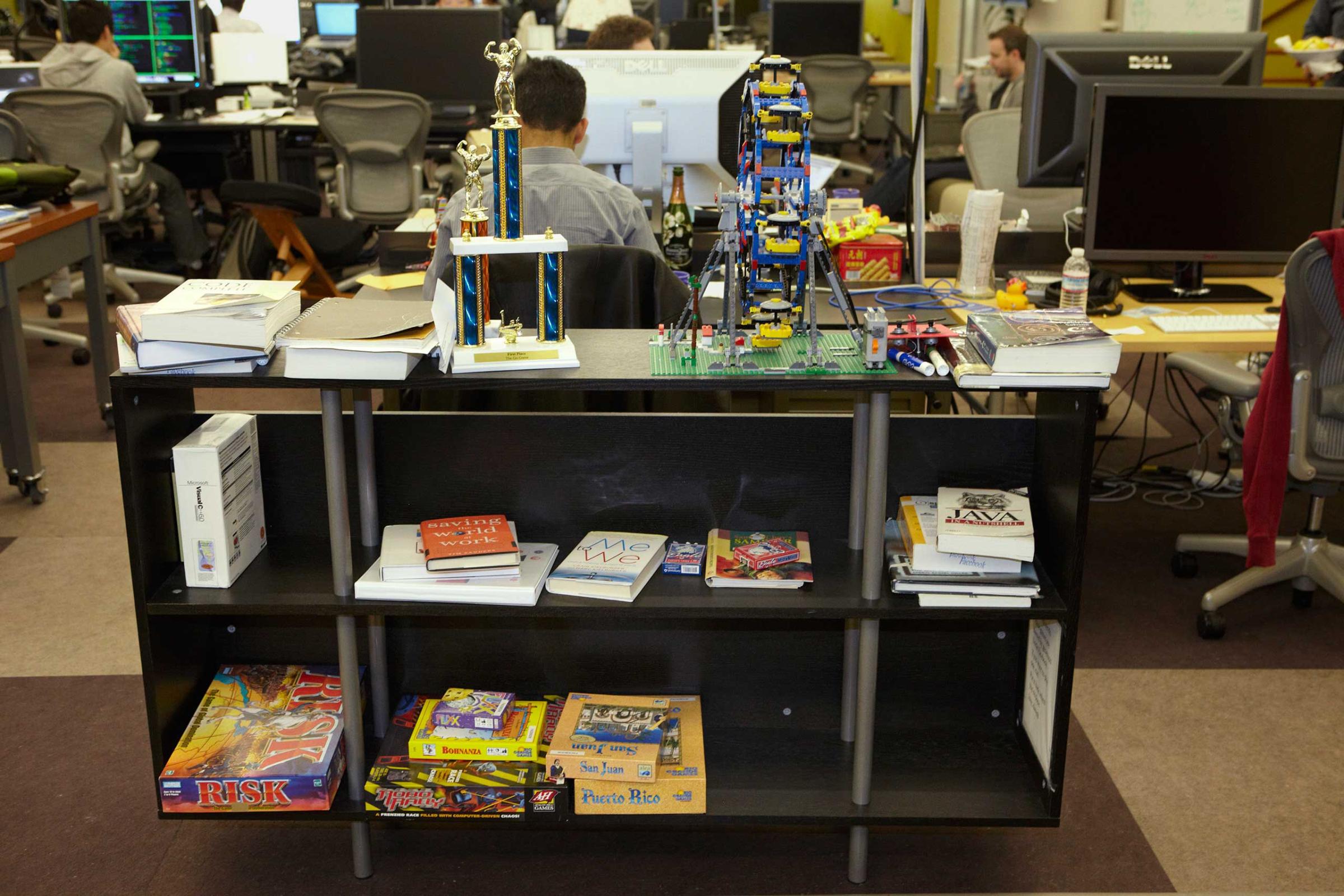
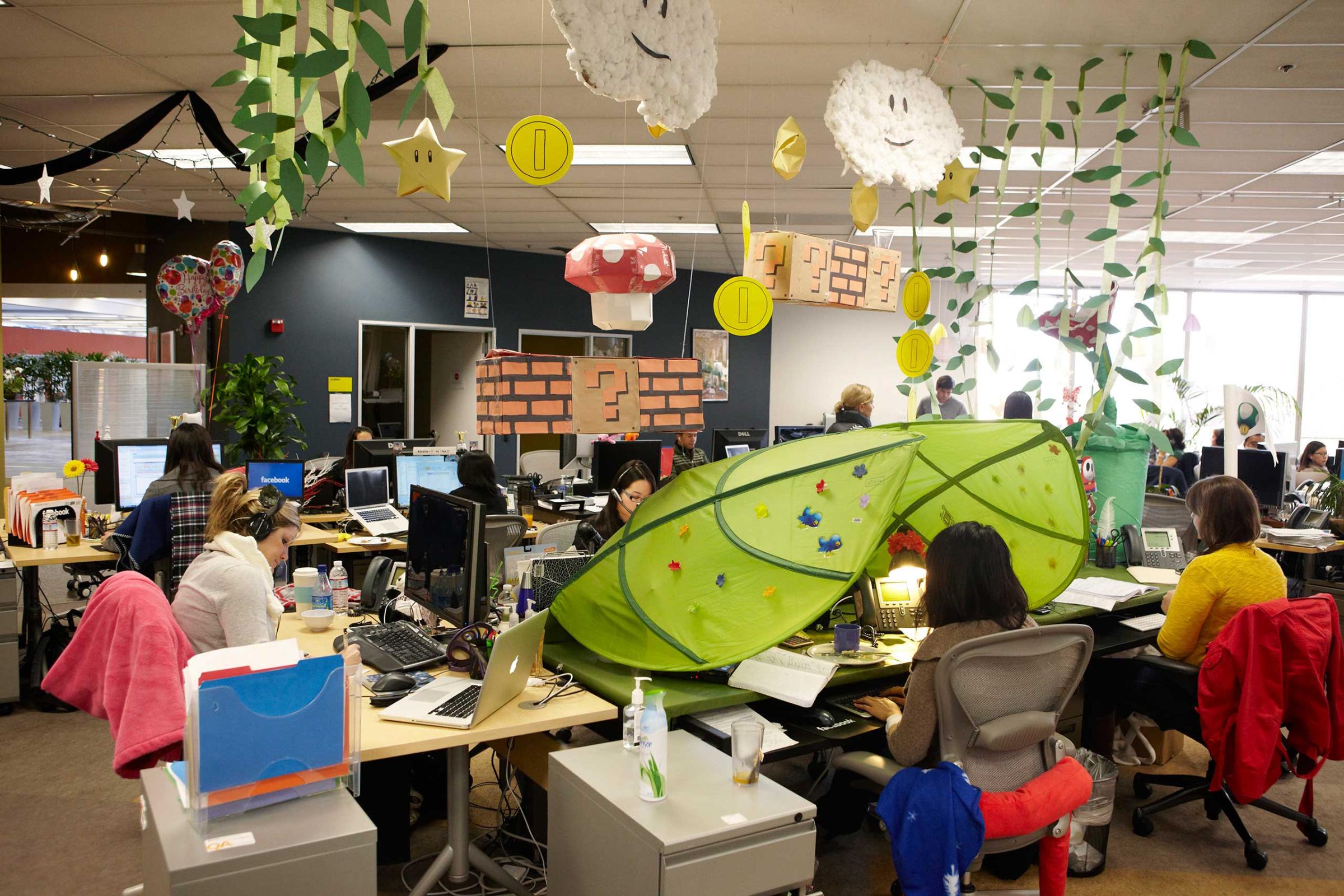
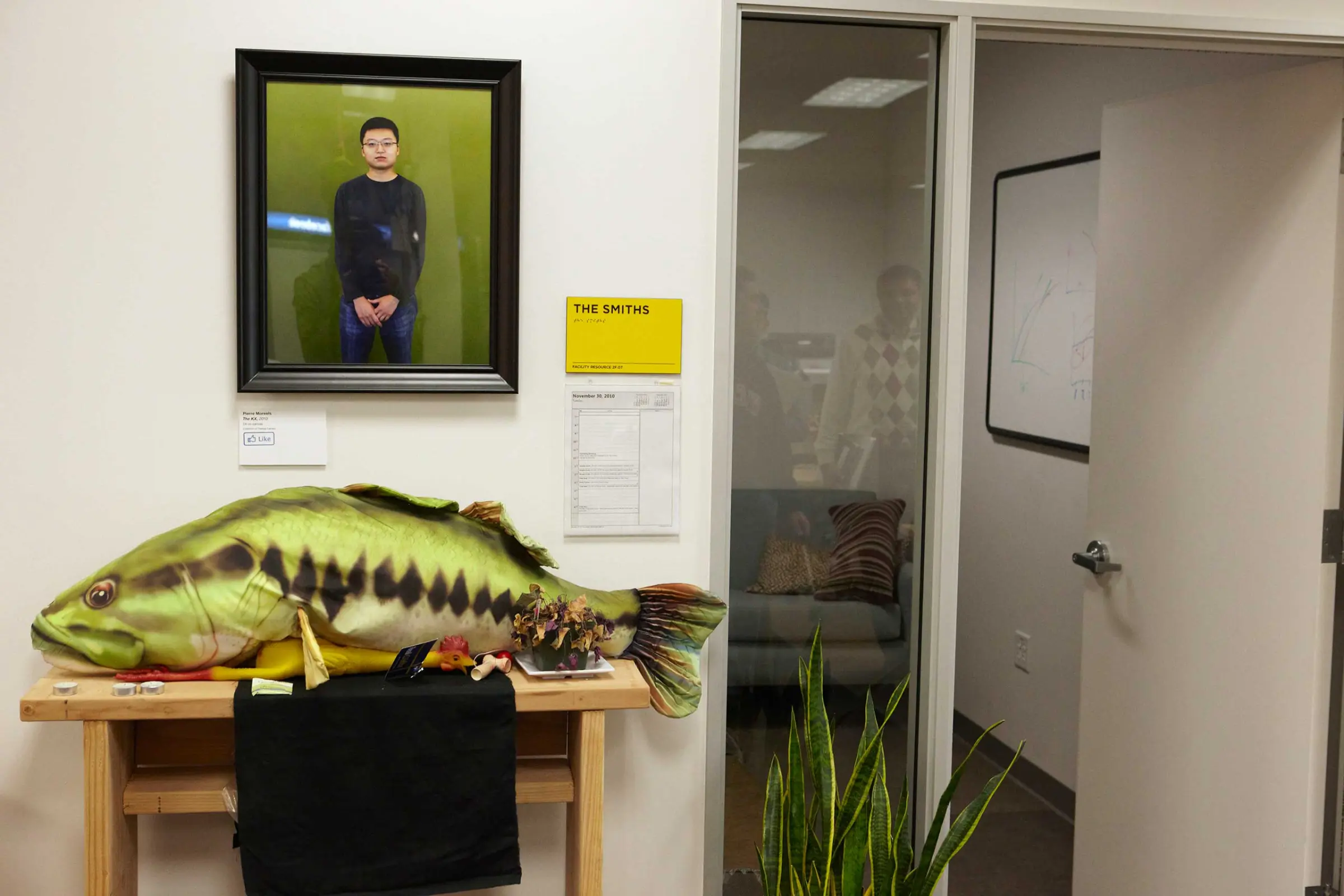
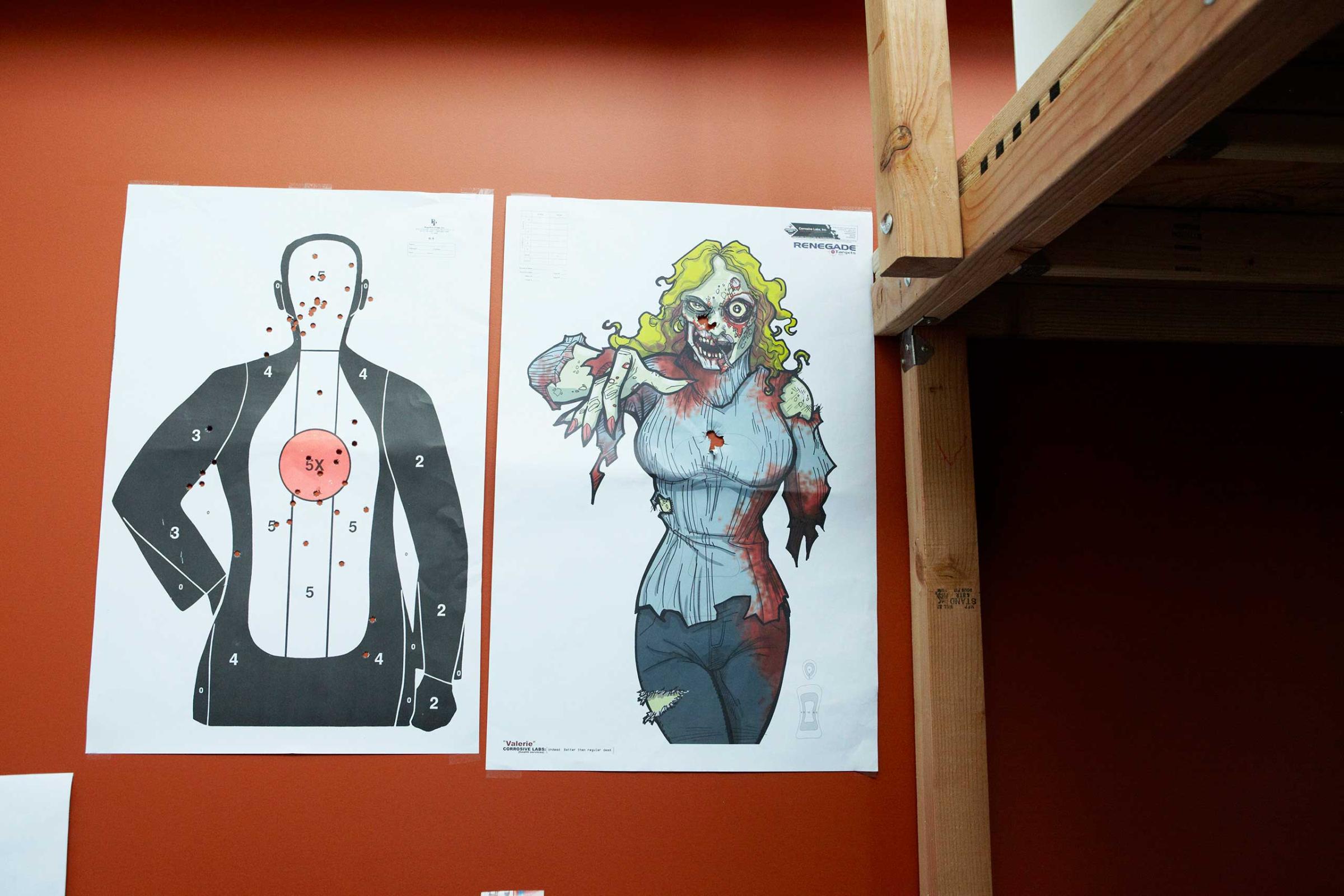
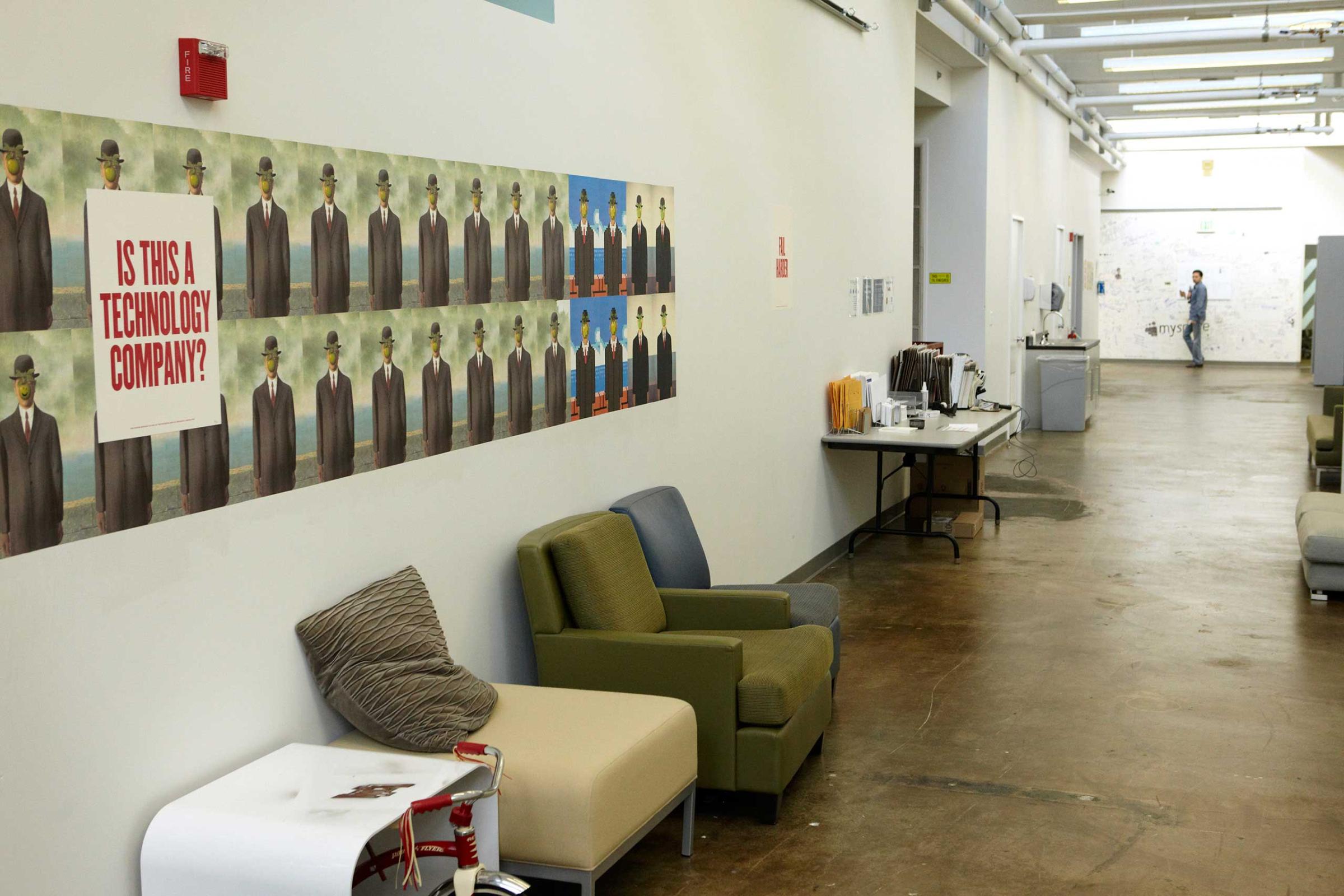
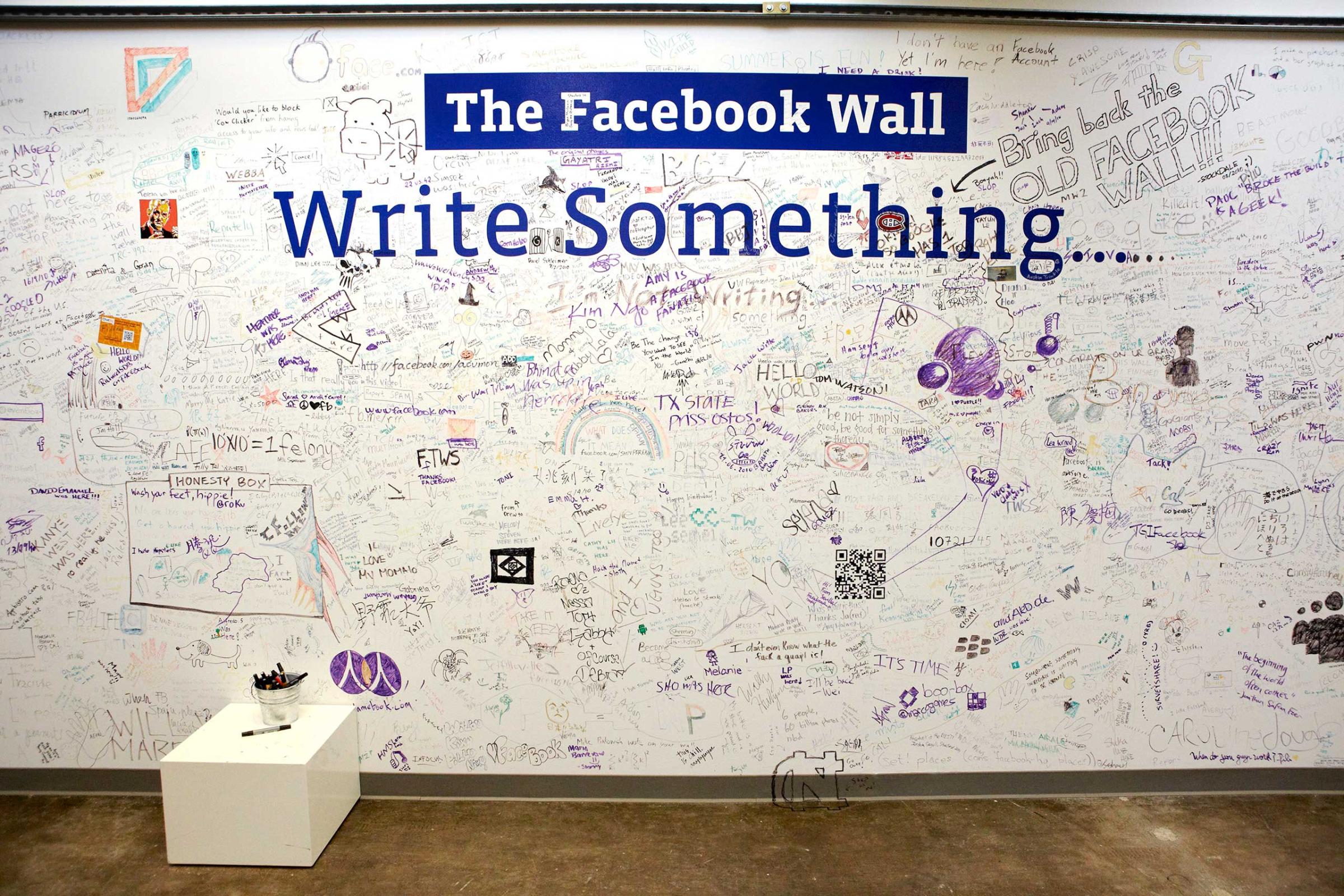
Finding missing pets
Though it’s hard to imagine an Amber Alert for missing pets, Facebook could leverage its geolocation services to allow users to opt into hyperlocal notifications. Several Facebook Pages already exist for the purpose of sharing lost pet information — they’ve located missing pets and even kidnapped animals — but the regions they serve are often far too large: members of a lost dogs page for the state of Texas, for example, post pups several times per hour.
In the mean time, though, there’s the option of purchasing local Facebook ads. One pet owner who lost his cat in 2012 paid for his Facebook post to be promoted to 60,000 users nearby. Shortly after, a woman who had seen the cat then got in touch with the owner, who was later able to track down his cat with the new information.
More Must-Reads from TIME
- Donald Trump Is TIME's 2024 Person of the Year
- Why We Chose Trump as Person of the Year
- Is Intermittent Fasting Good or Bad for You?
- The 100 Must-Read Books of 2024
- The 20 Best Christmas TV Episodes
- Column: If Optimism Feels Ridiculous Now, Try Hope
- The Future of Climate Action Is Trade Policy
- Merle Bombardieri Is Helping People Make the Baby Decision
Contact us at letters@time.com